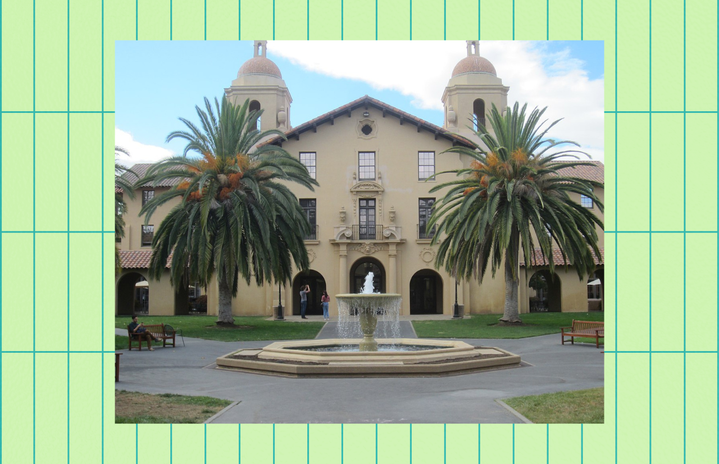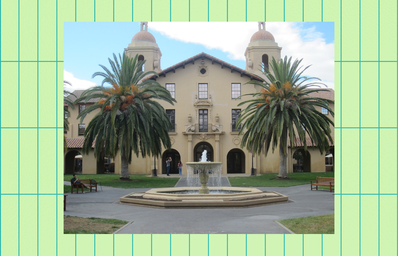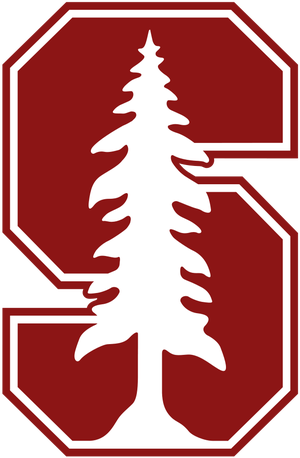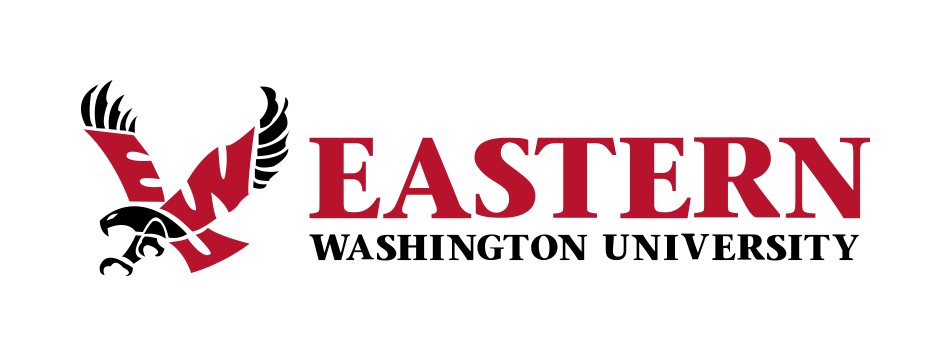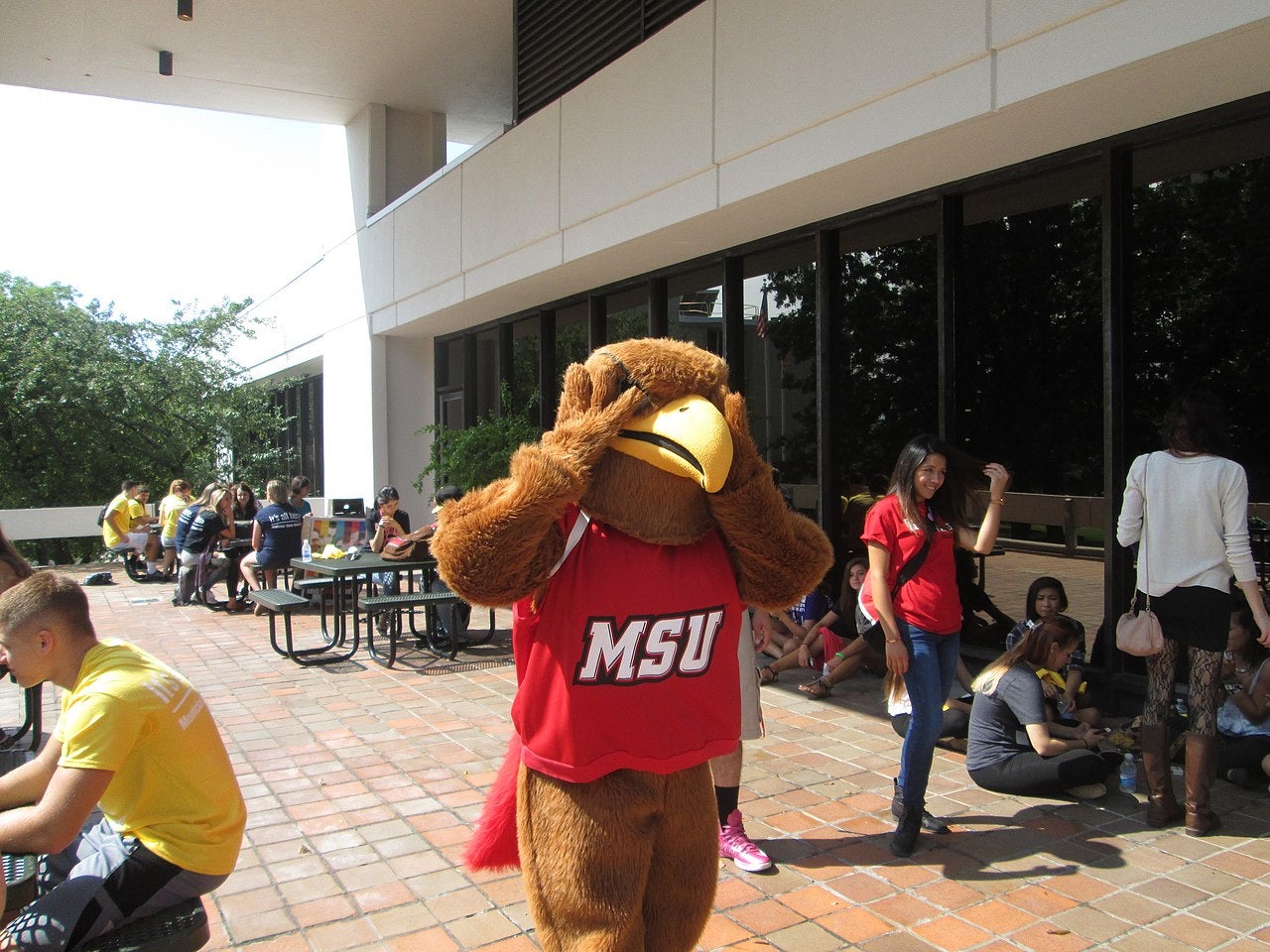Oct. 9 is Indigenous Peoples’ Day. Because of how the United States has often failed to recognize the history of American Indian and Alaska Native (AIAN) people (and their role in their suffering), it’s important that this day serve as a reminder to respect and honor American Indian cultures. There are so many ways that you can support American Indian communities, especially in regards to learning their history, whether that be the truth about Thanksgiving as a day of mourning or how many tribes were forced out of their lands and assimilated into American culture. In fact, many universities today occupy those lands, and some of them even have or once had mascots that stereotype and appropriate Native American cultures.
Negative stereotypes of Native Americans run deep in American culture. The National Museum of the American Indian, which is based in Washington, D.C., depicts how Native Peoples are portrayed in society, from having photos of Native Americans on food labels, to shows and movies depicting stereotypical outfits, in advertisements, and how pop culture makes jokes and mocking depictions of Native Americans.
This harmful phenomenon may have even happened on your college campus. Colleges such as Catawba College, Central Michigan University, Florida State University, Mississippi College, and University of Utah still have not changed their mascots, which are named after Native American tribes or are generalized derogatory names. But there are some colleges that have recognized these issues and changed their mascots following activism from students and AIAN communities, and it’s important to know that history.
- Stanford University
-
Stanford University’s athletic teams were originally named the Indians from 1930 to 1972. In 1972, 55 Native American Stanford students met with then-president Richard Lyman to present a petition for the mascot’s removal due to its offensive and mocking nature. Stanford then changed the team name to the Cardinals, and no longer has an official mascot.
- Marquette University
-
Marquette University’s mascot name was the Warriors from 1954 to 1993, but became the Golden Eagles in 1994. Native American students spoke out against the race-based team name and mascot, Willie Wampum, which was an offensive caricature of Native American stereotypes. Willie was retired in 1971 following protests from Native American students. He was briefly replaced by “The First Warrior,” a mascot costume that only Native American students were allowed to wear, but that was also retired by 1987 since students refused to participate.
- St. John’s University
-
The Redmen was the original name for St. John’s mascot. The school’s mascot history claims that the name originated from the school’s color, red, without a basis in Native American stereotypes, but Native American symbols were eventually used all the same. In 1994, they changed their name to the Red Storm, following other schools who had done the same.
- University of North Dakota
-
North Dakota’s mascot used to be called the Fighting Sioux beginning in 1930, but the NCAA ruled in 2005 that the mascot was hostile and offensive. This set off a years-long legal battle with the Board of Higher Education and UND’s quest to get support from both Sioux nations in North Dakota: the Spirit Lake Tribe and the Standing Rock Tribe. Since the Standing Rock Tribe still opposed the mascot name, the name was retired in 2010 and the new team name eventually became the Fighting Hawks.
- Eastern Washington
-
Eastern Washington was known as the Savages starting in 1923, building on other campus traditions that appropriated Native American cultures. In 1972, the Board of Trustees decided to changed the name, calling it demeaning. They became the Eagles starting in 1973 after a student body vote.
- University of Nebraska-Omaha
-
Like Stanford, UNO also used “the Indians” for its team names. The name, along with the caricatured Native American mascot Ouampi, was decided by the university in 1950, and the school now publicly recognizes those decisions were harmful and stereotyped AIAN communities. A 1971 student vote changed that to the Mavericks.
- Quinnipiac University
-
Quinnipiac University is actually named after an Indigenous tribe whose land the school now occupies. Originally known as the Braves, the mascot was officially changed to the Bobcats in 2001, and the school’s Indigenous Students Union still teaches other students about the history of the mascot and Quinnipiac tribe today.
- UMass
-
You may know UMass as the home of the Minutemen, but before then, they were actually also called the Redmen. The offensive mascot was voted on by students in 1948, and stuck around for 24 years. It wasn’t until 1972 that, thanks to a letter from a group of Native Americans protesting against the name to University administration, as well as a Student Senate resolution to change the name, that the Minutemen finally became the mascot.
- University of Louisiana at Monroe
-
Another school that went by the Indians, ULM became the Warhawks in 2006. Like UND, the NCAA ordered them to change their mascot because of the harmful stereotypes it promoted. Unlike UND, though, ULM couldn’t seek the approval of a specific tribe because the name was too general, leading to the change.
- Montclair State University
-
Montclair State’s mascot change is actually a bit harder to get information on: The school’s website notes that the mascot changed from the Indians to the Red Hawks in 1989, but offers no insight as to what prompted the change beyond taking “a bold step” and being “sensitive to the concerns of Native Americans.” Even on the school’s official timeline, only the mascot change is noted, with the school’s mascot history completely missing. The school’s apparent erasure and lack of sensitivity has been criticized by Native American communities.
It’s important that this Indigenous Peoples’ Day and always, we recognize the efforts we still need to make in respecting AIAN cultures. While these schools have taken steps to correct their pasts, there’s always more to be done. College students and administrations at schools that still use racist mascots need to take action to make sure that those mascots — and the representations of Native American people — change.
